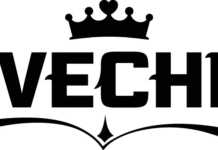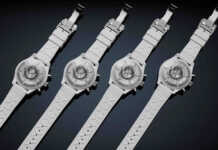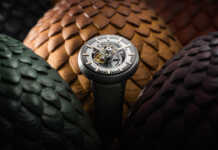
Last August, the largest rough Canadian diamond was found in the Northwest Territories’ Diavik mine. Recently, the GIA’s laboratory in New York performed an examination of the historic stone.
According to the lab’s report, the rough stone weighed 187.66 carats and measured 36.96 x 32.99 x 16.80 mm. Under standard colour grading lighting conditions, it appeared pale yellow. Additionally, one side of the diamond displayed clear iridescent colour banding, due to light interference along the cleavage planes.
The stone also showed irregular morphology with a tabular shape, and was dominated by cleavage faces. Some original faces with dissolution pits were clearly visible.
When observed closely under a microscope, the stone’s irregular surface etching limited the lab’s ability to see clearly. A dark mineral inclusion was noted near one side of the rough. Crossed polarizing plates did not reveal any areas of strain.
The stone exhibited moderate blue fluorescence to long-wave UV radiation and faint yellow fluorescence to short-wave UV radiation, although no phosphorescence was observed. Absorption spectroscopy in the infrared region revealed that it was a type Ia diamond with a very high concentration of nitrogen.
A weak hydrogen-related absorption at 3107 cm–1 was also recorded. UV visible absorption spectroscopy, performed at liquid nitrogen temperature, showed typical “cape” lines, with clear absorption peaks at 415 and 478 nm. No other absorption was detected in the UV-Vis region.
The lab’s observations confirmed that this was a natural, untreated diamond. The stone will undergo further examination during the cutting process.
This piece was modified from an article on the GIA website.















